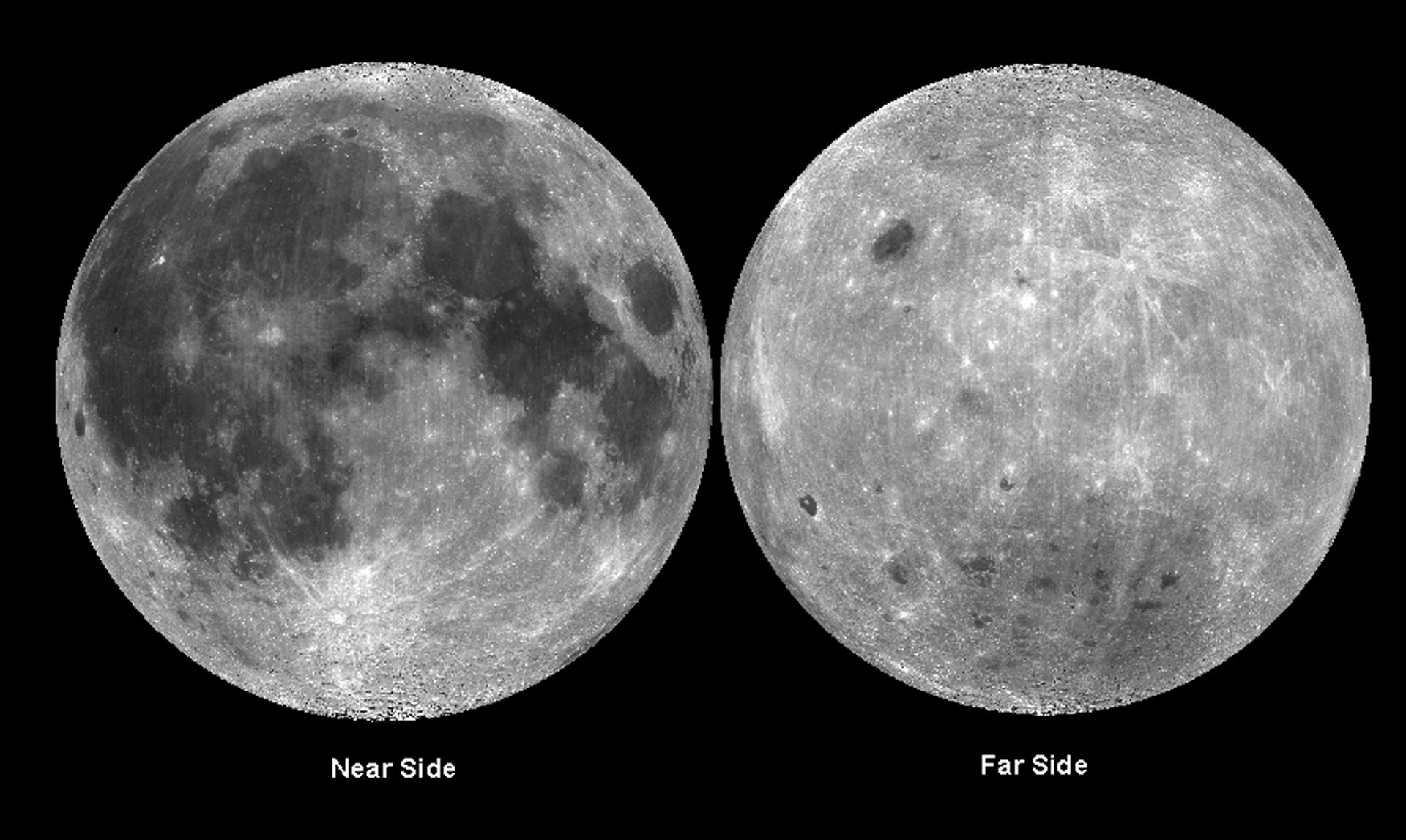Through the Artemis Program, NASA will return astronauts to the lunar surface for the first time since Apollo 17 landed in 1972. Beyond this historic mission, scheduled for September 2026, NASA plans to establish the infrastructure that will enable annual missions to the Moon, eventually leading to a permanent human presence there. As we addressed in a previous article, this will lead to a huge demand for cargo delivery systems that meet the logistical, scientific, and technical requirements of crews engaged in exploration.
Beyond this capacity for delivering crews and cargo, there is also the need for transportation systems that will address logistical needs and assist in exploration efforts. These requirements were outlined in a 2024 Moon to Mars Architecture white paper titled “Lunar Mobility Drivers and Needs.” Picking up from the concurrently-released “Lunar Surface Cargo,” this whitepaper addresses the need for lunar infrastructure that will enable the movement of astronauts and payloads from landing sites to where they are needed the most. As usual, they identified a critical gap between the current capabilities and what is to be expected.
Continue reading “A Moon Base Will Need a Transport System”



